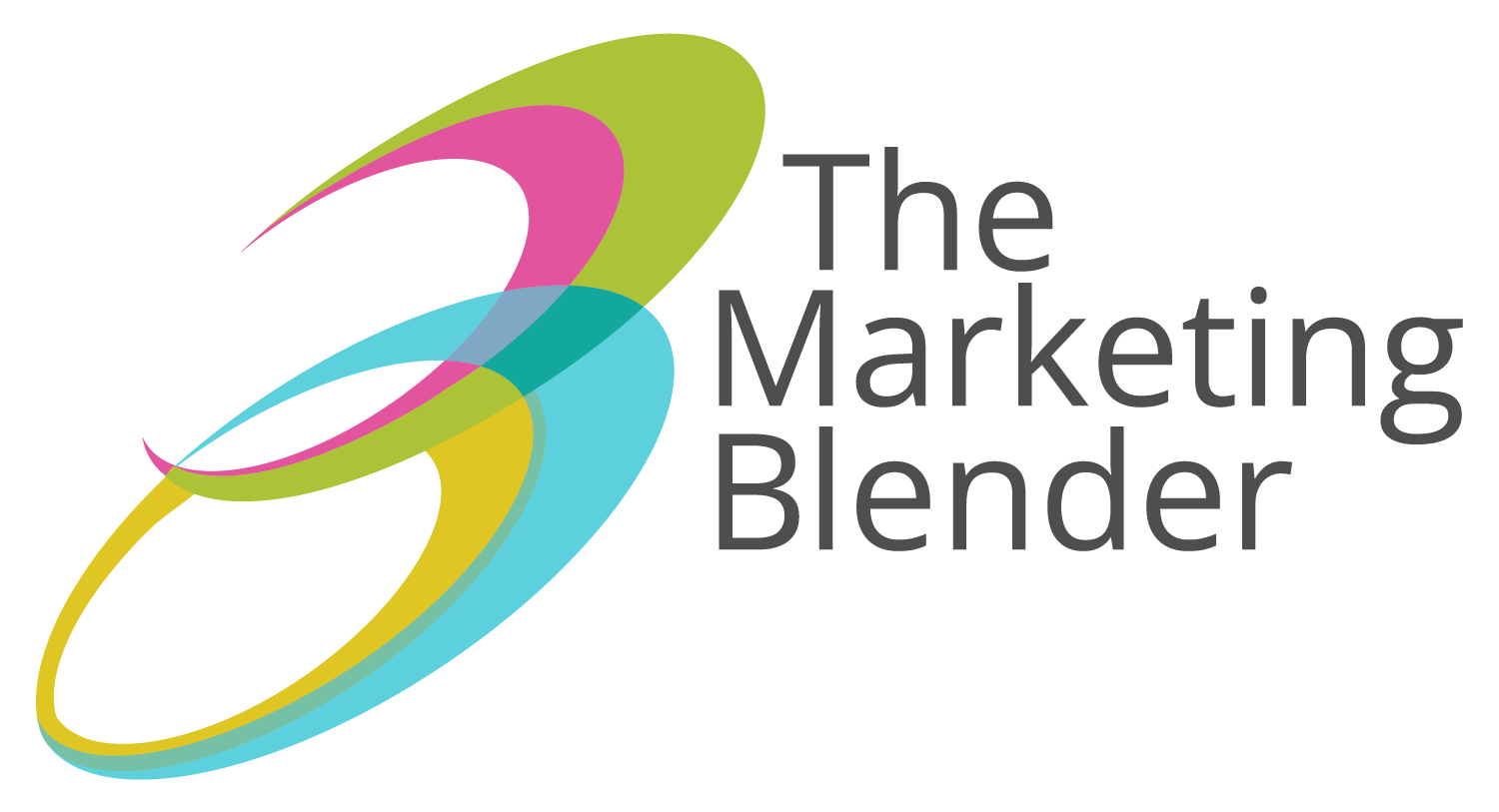Is your company striving to sell to retailers like Costco, Kroger, Home Depot, or Walmart? Got a product you want on their shelves so it can then go into the hands of your buyers? Do you need to create demand so that end users or consumers will create “pull through” for your product and make you desirable to resellers? Then your business falls into the unique category of B2B2C marketing.
What is B2B2C Marketing?
Business to business to consumer (B2B2C) marketing is a model that requires you to influence two audiences to drive growth. Getting other businesses to buy into your product is just as important as getting your users to buy into your brand. It can be particularly tricky, but not impossible. We discuss scenarios, tips, and examples in our podcast episode, “Navigating the Complexity of B2B2C Marketing.”
The first and most important rule to keep in mind is that your two audiences – businesses and consumers – have entirely different priorities and needs. You cannot market to them both in the same way. As in, don’t expect your target retailers to care about your product’s benefits, usage, background story, or design. You may have mastered the art of innovation, creating a one-of-a-kind solution that has never been seen before, but that won’t matter to retailers. In fact, they see that pitch too often. Presenting your product this way won’t differentiate you from anyone else.
So, What Do Retailers Care About?
Think like a business investor. Retailers are primarily interested in metrics such as volume, profit margins, and demand. They want to know your product will go flying off the shelves without a huge cost or labor burden on them. Demonstrate how your product can positively impact their bottom line.
Communicate your existing audience and target market.
- How large is that demographic?
- How are they already primed to purchase?
- How many are repeat customers?
- How do they talk about your product across media?
- How often do they actively recommend your brand to others?
Facts like these are more impressive than the features or benefits of your product.
You should also talk about inventory and scalability.
- How can you ensure your product isn’t just one-and-done?
- Are there supplementary products?
- Will there be enhanced versions
- Can it later be marketed toward additional audiences?
If consumers use your product along with other products on that retailer’s shelves, that is a huge plus. As great as your product is, if there isn’t a way to establish predictable growth, retailers may disregard it. You must show value from a business perspective.
Here Are Additional Guiding Questions for B2B2C Marketing
- How do you prove you can help them move product through their stores?
- How can you command a premium price in a crowded market?
- How can you prove that you can keep up with increasing demand?
- How can you help with making your product attractive?
- What are you offering in terms of display assets?
- How are you capturing digital interactions in store or online?
- How are you pre-marketing to consumers in the geographic area?
- Is it a combination of print and digital?
- How does your direct mail campaign dovetail with your digital marketing?
- What makes your direct mail unmissable?
- Does your digital reach include ads on Amazon, streaming services, etc., in addition to social media?
When Marketing B2B2C, Consider the Corporate Initiatives of Your Clients
Another key strategy in marketing toward the B2B side is leveraging public documents or media from that organization’s leadership. Reading the most recent corporate communications, such as press releases, annual reports, letters from the CEO, and corporate news give you a competitive advantage.
In these statements, CEOs often share priority initiatives – that could range from serving a new audience segment or prioritizing an existing one, supporting more sustainable products, partnering with mission-driven organizations for corporate stewardship, or targeting a specific geographic region.
This type of information is gold. You can use it to align with your own business strategy and demonstrate to that retailer you can help them achieve their goals. Among B2B2C marketing strategies, this one is top-notch. That’s because you are focusing directly on meeting the needs of that retailer rather than speaking wonders about your product. You are putting “the customer” first.
Lastly, Don’t Forget to Market Directly to Consumers
Part of your strategy should be showcasing how you continue to nurture and support your consumers. Remember, advocacy and loyalty are now significant components in the marketing funnel. There is great value in serving customers across a lifetime. That starts with ensuring your brand is unified across all platforms. People need to recognize your brand name, benefits, and values from everywhere. Any deviance is sure to cause friction in the customer experience.
You’ll also want to think about the in-store experience. If you convince a retailer to take a chance on your product, they may want to start off with a few select stores. Be ready to take that as the ultimate proof that your product is a worthwhile and profitable bet. Have a plan in place to get consumers through the door, and capture their interest.
This is where a digital component is necessary – that could be QR codes, subscription news sign ups, sweepstakes for a free product, consumer selfie displays or hashtags for social media – any digital way to track consumer interest can show that retailer your product is working in their favor. Discover additional lead generation strategies in digital marketing here.
B2B2C Marketing Is Complex
It requires a smart two-part strategy to handle everything. With tons of competition out there, it’s a challenge to get retailers to sit up and take notice. And that’s not just the starting point. Keeping customers happy and loyal is just as tough. Do your homework and plan your strategy well. You only get one shot at a good first impression, so make sure you are prepared.
At The Marketing Blender, we dive deep into the nuances of these two audiences (retailer and end user). Contact us today to learn more about how we can help you master a well formulated B2B2C marketing plan.



